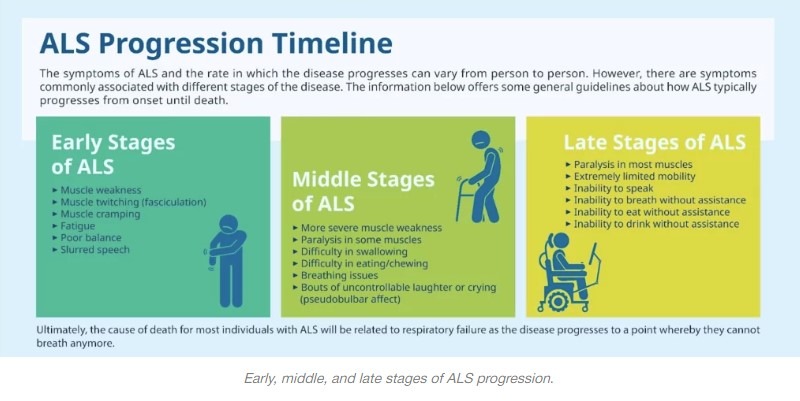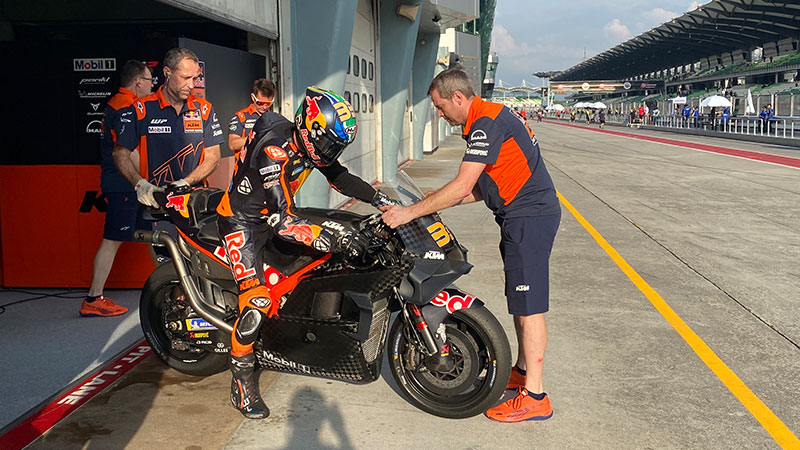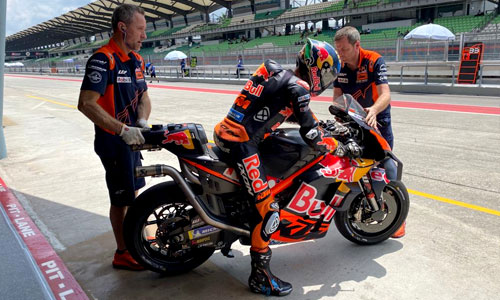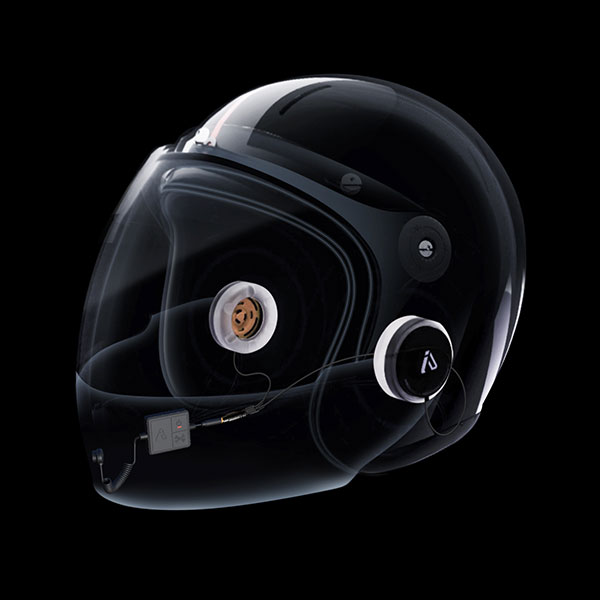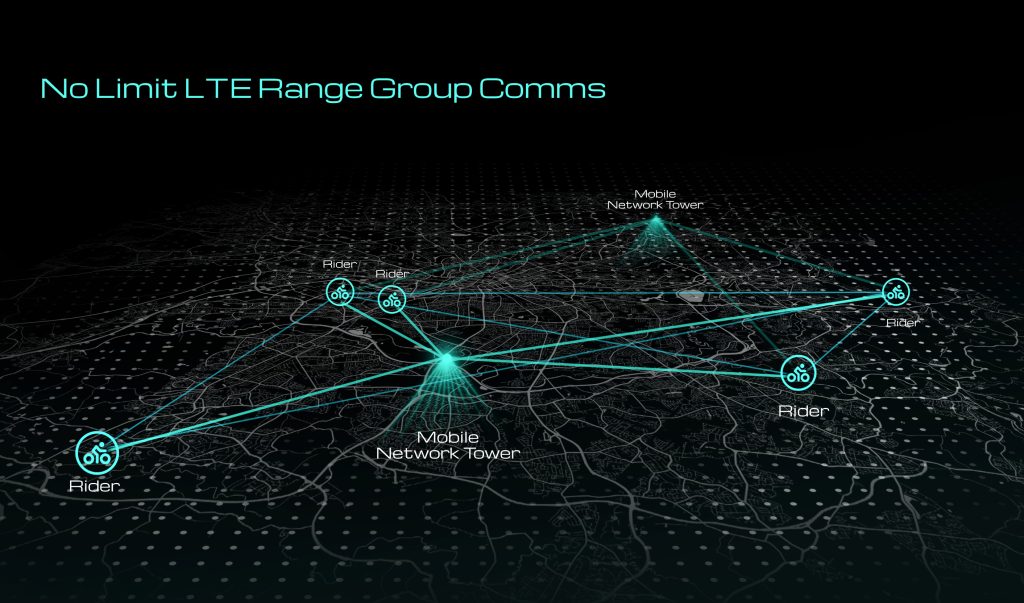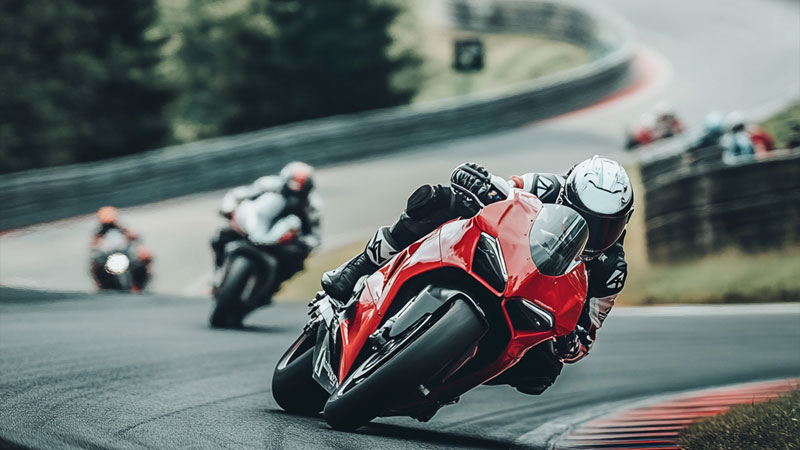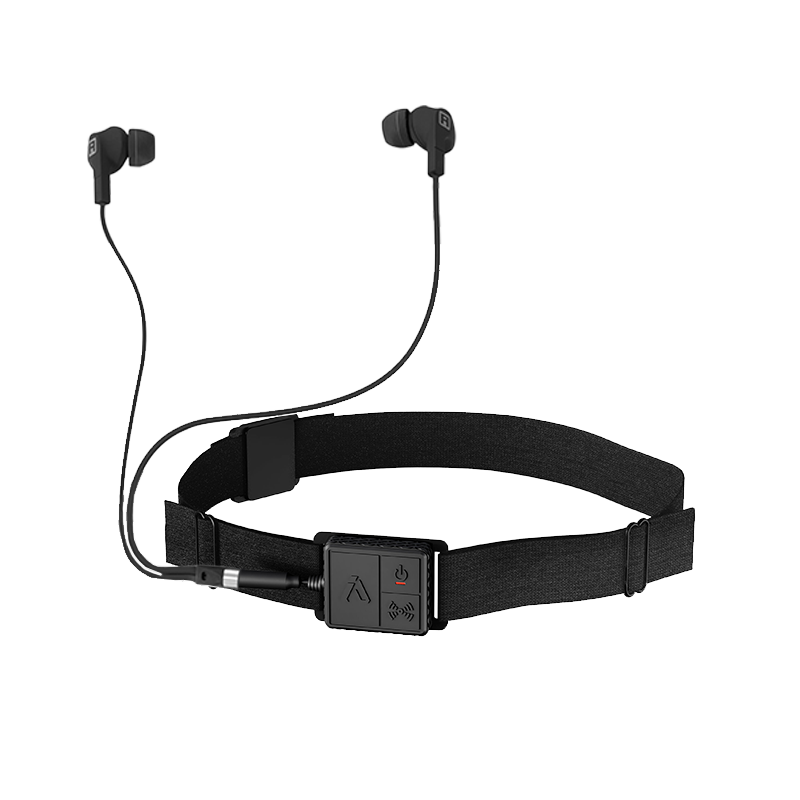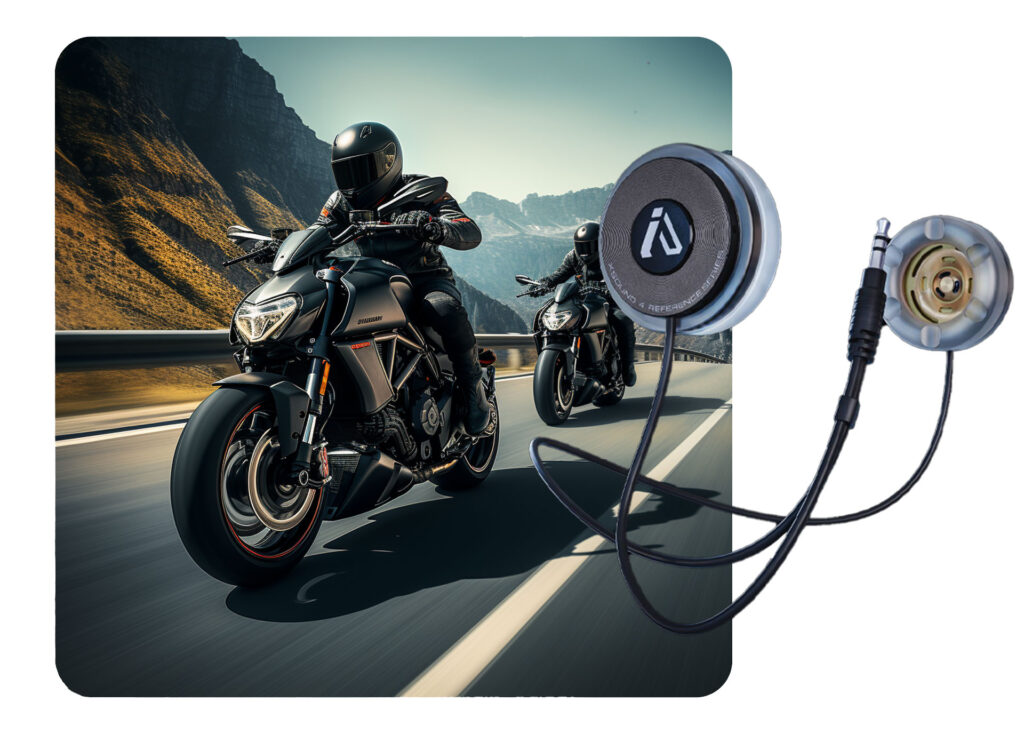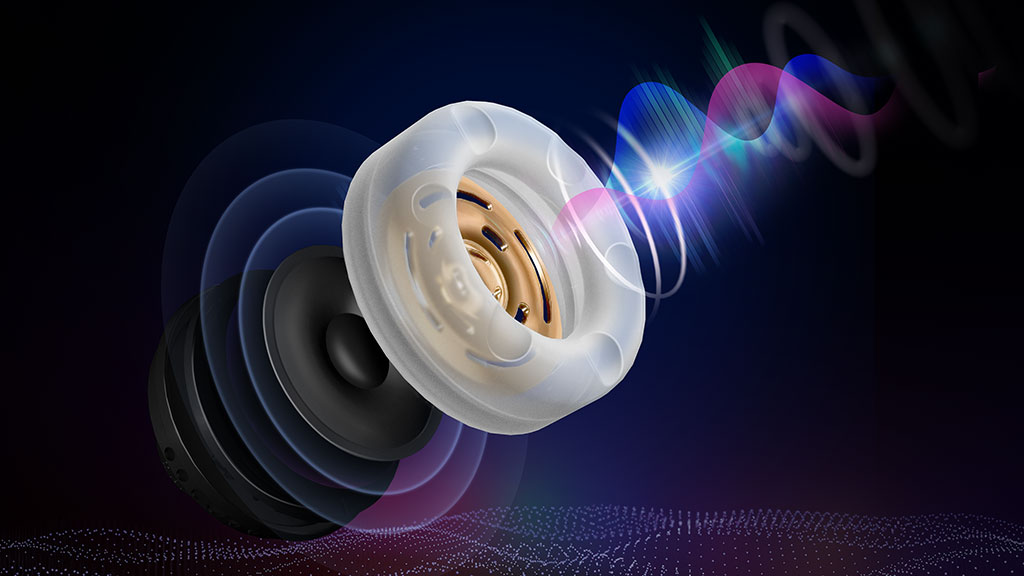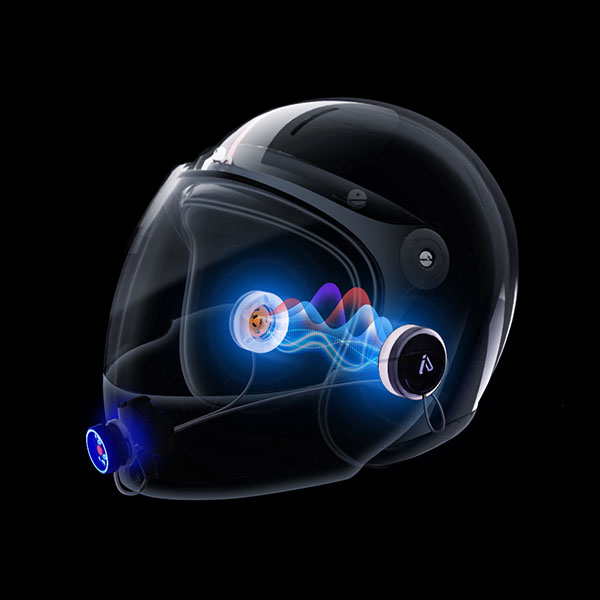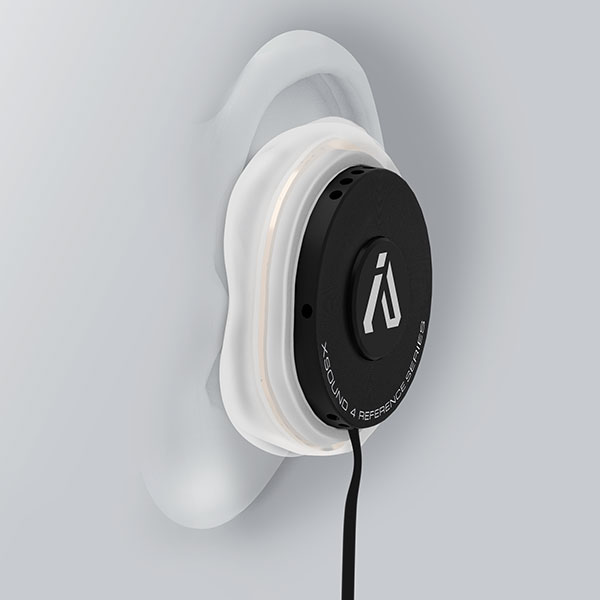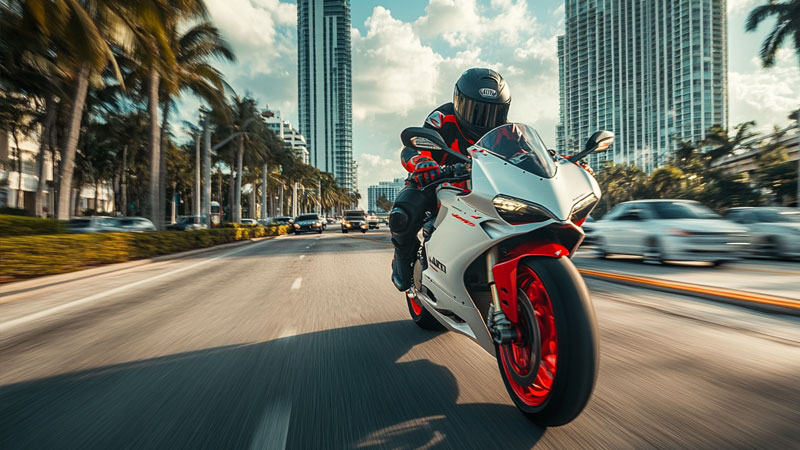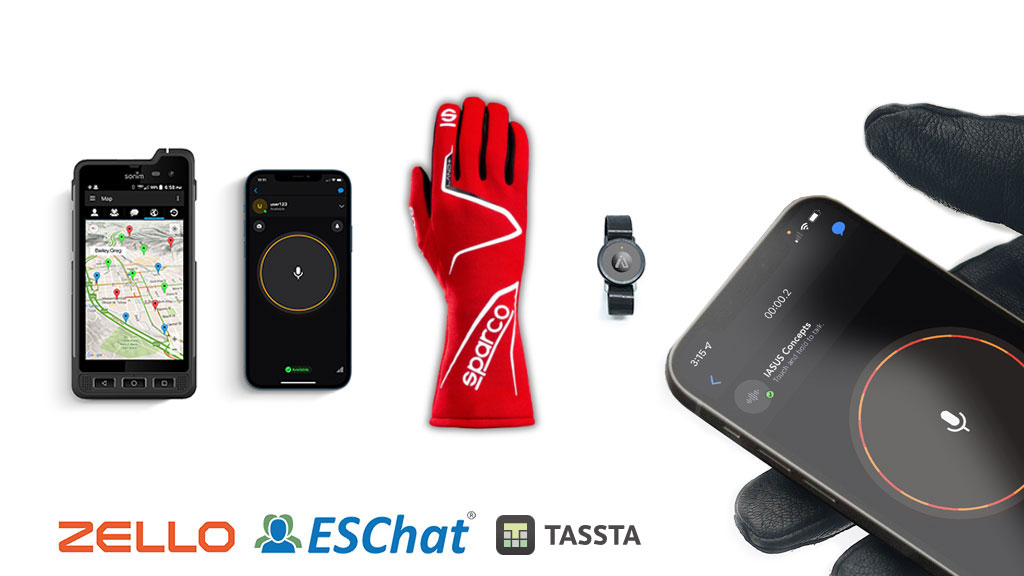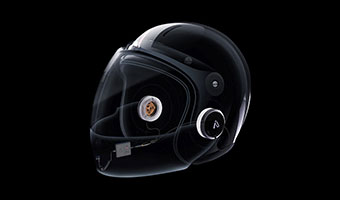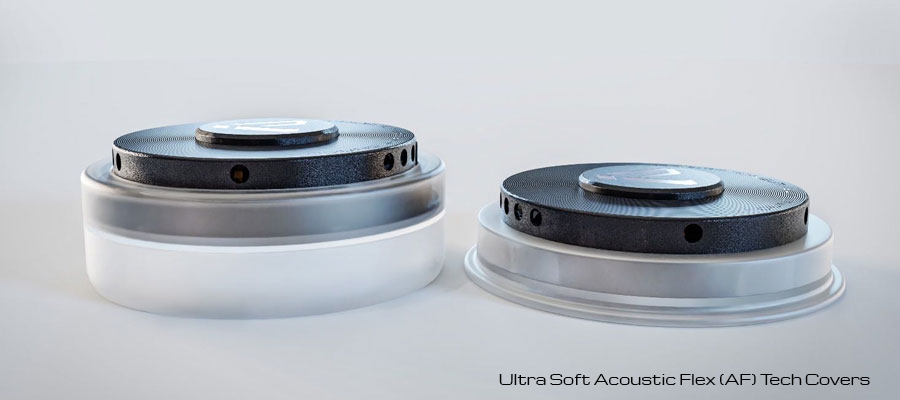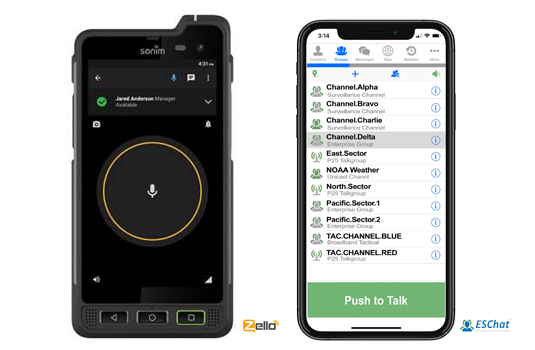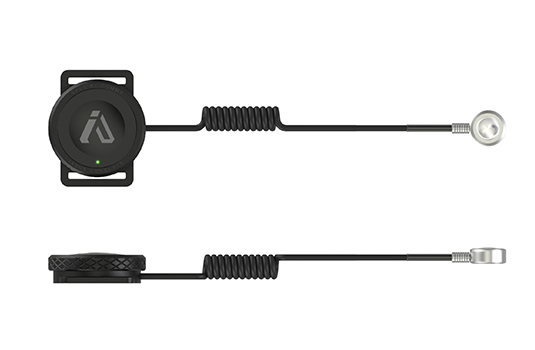Push-to-Talk for Group Riders: A Smarter Way to Communicate on the Road
Push-to-Talk for Group Riders: A Smarter Way to Communicate on the Road
Group riding is all about the experience—sharing the road, the adventure, and the camaraderie. But if you’ve ever been on an open motorcycle communication system, you’ve likely experienced the frustrations that come with it: the constant background noise, riders unknowingly talking to themselves, heavy breathing, or even someone singing along to their playlist. It can be distracting, annoying, and even dangerous. Thankfully, there’s a better solution; Push-to-Talk (PoC) motorcycle communication with Zello, an innovative system that IASUS Concepts has been partnered with since 2020.
The Problem with Open Comms in Group Riding
Traditional Bluetooth motorcycle intercom systems can be overwhelming. While the idea of seamless communication sounds great in theory, in practice, it often leads to unnecessary distractions:
- Background noise from wind, road, and engines.
- Unintentional transmissions, including breathing and random chatter.
- Lack of privacy since everyone hears everything.
- Communication chaos, making it hard to focus on riding safely.
For long-distance motorcycle rides or large groups, these issues become even more pronounced. Riders need a system that allows clear, intentional communication without unnecessary noise.

Introducing Push-to-Talk with Zello: A Game-Changer for Riders
IASUS Concepts has been a proud hardware partner of Zello push-to-talk for riders since 2020, offering a cutting-edge motorcycle helmet communication system. Unlike traditional open motorcycle comms, PoC allows riders to communicate only when they press a button, eliminating unwanted noise and ensuring clarity. Here’s how it benefits riders:
- Crystal-clear communication: Only transmit when you choose to speak.
- Unlimited range: Works over cellular networks, so there are no distance restrictions like Bluetooth motorcycle intercoms.
- No background noise: No more wind interference or unintentional sounds.
- More control: Riders can decide when to speak without disrupting others.
Zello’s push-to-talk system, combined with IASUS helmet communication hardware, offers a reliable and frustration-free way to stay connected on group motorcycle rides.
No Limits: The Future of Communication with Starlink
One of the most exciting advancements in motorcycle communication technology is the integration of satellite networks like Starlink motorcycle communication. The future of long-range motorcycle communication is shifting towards true global connectivity, with companies like Apple already incorporating Starlink capabilities into iPhones. This means that push-to-talk motorcycle communication systems won’t just rely on traditional cellular networks but will soon tap into satellite technology for truly limitless range.
To learn more about how Starlink is shaping the future of no-limit motorcycle communication, check out our related posts on the topic Read more about Starlink and its impact on motorcycle communication.
Why IASUS Helmet Comms Are the Best for PoC
IASUS Concepts has always been at the forefront of innovative motorcycle communication solutions. Our push-to-talk-enabled helmet systems are designed with high-performance audio and durability in mind.
Key features of our PoC-compatible motorcycle communication system:
- Designed for riders: Built to withstand road conditions, wind, and noise.
- Seamless Zello integration: A plug-and-play solution with the best push-to-talk app for motorcyclists.
- Reliable and rugged: Tested for real-world riding conditions.
But IASUS helmet communication systems aren’t just for use with Zello. Our Bluetooth motorcycle helmet communication systems allow riders to access phone calls, navigation, and voice assistants, offering the full functionality expected from a premium motorcycle comm system. Additionally, we prioritize situational awareness, understanding that motorcycle safety is a crucial factor when riding. Our systems are designed to provide communication while maintaining rider focus and awareness of their surroundings.
Whether you’re a solo motorcycle adventurer or part of a large riding crew, IASUS’ push-to-talk system ensures you have control over your communication without the chaos of open motorcycle comms.

Conclusion
Open comms for motorcyclists may seem convenient, but they come with a host of annoyances that can take away from the joy of riding. Push-to-Talk motorcycle communication with Zello, powered by IASUS helmet communication hardware, provides a smarter, more efficient way for riders to stay connected without distractions. With the upcoming advancements in Starlink connectivity for motorcyclists, the future of motorcycle communication systems is set to be even more exciting.
Looking for the best push-to-talk motorcycle communication system for your rides? Check out our PoC solutions and join the future of motorcycle communication today!
Stay tuned for more updates, and thank you for being a part of the IASUS community.
Give us your feedback.







